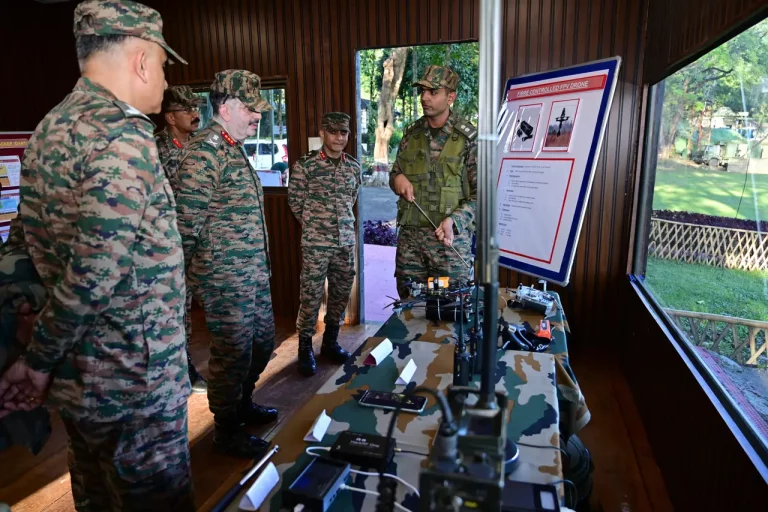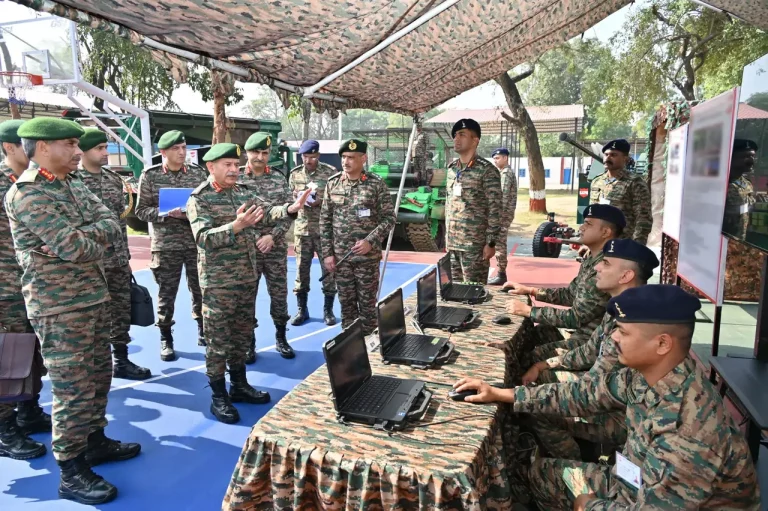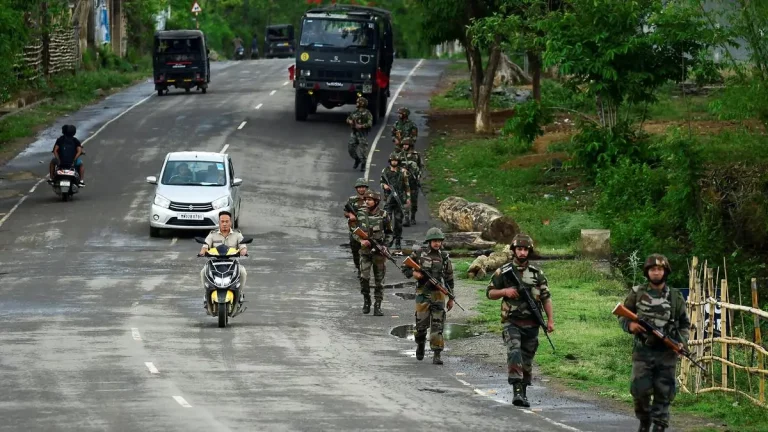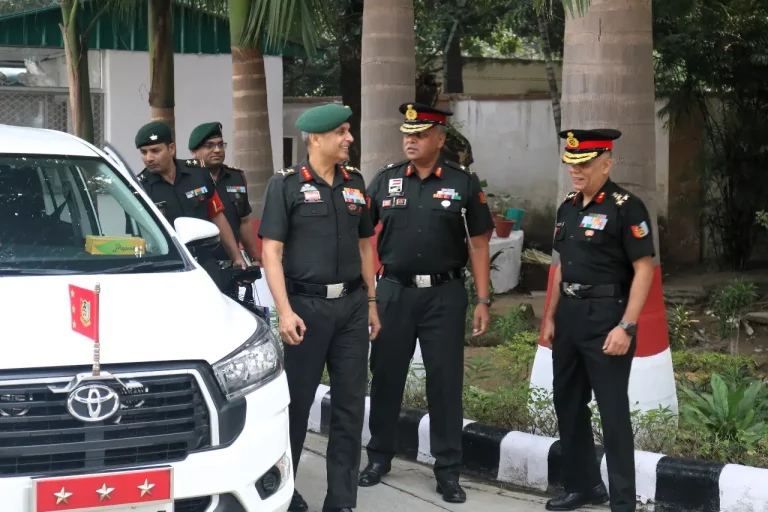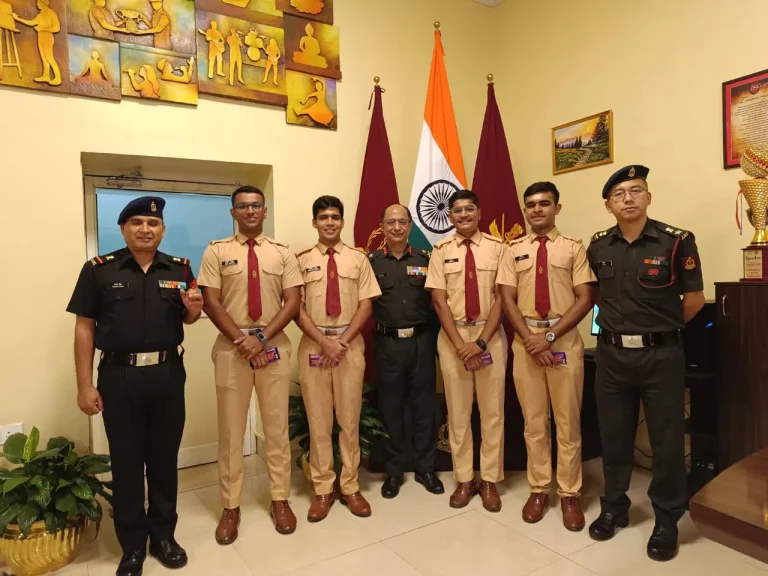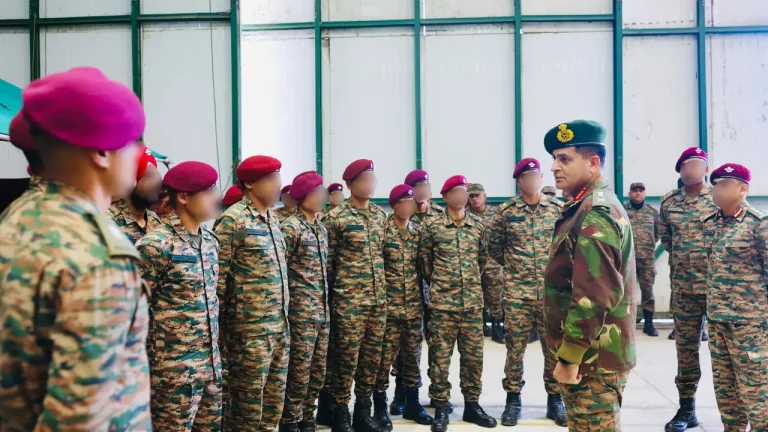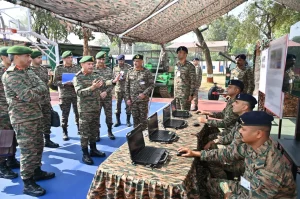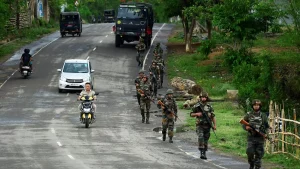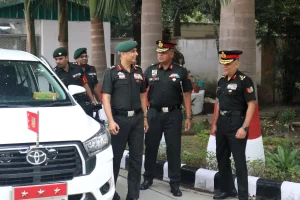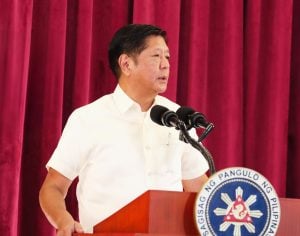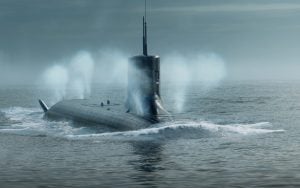In a significant diplomatic and defense development, Lieutenant General Lasantha Rodrigo, the Commander of the Sri Lankan Army, engaged in a high-level dialogue with the Chief of the Indian Air Force in New Delhi. The discussions centered on enhancing inter-services cooperation, improving operational readiness, and exploring potential joint initiatives aimed at strengthening bilateral defense relations.
This fresh wave of defense engagement comes at a time when geopolitical tensions in the Indian Ocean region are escalating. Notably, Sri Lanka’s recent decision to lift its moratorium on foreign maritime research vessels has reignited concerns about increasing Chinese naval operations, particularly in proximity to the strategically vital Hambantota Port. India’s proactive approach to solidifying military ties with Sri Lanka is widely perceived as a strategic maneuver to counterbalance China’s growing influence, aligning both nations towards promoting maritime stability and protecting sovereignty.
To understand the significance of this evolving partnership, one must consider its historical context. The 1987 Indo-Sri Lanka Accord, which resulted in the deployment of the Indian Peace Keeping Force during Sri Lanka’s civil conflict, left a mixed legacy characterized by considerable casualties and subsequent frayed relations. However, the current trajectory of defense cooperation signals a strategic shift, transforming past conflicts into a foundation for constructive engagement based on mutual respect and shared regional security objectives.
During their meeting, both leaders reaffirmed their dedication to fostering regional peace and stability. A ceremonial plaque was exchanged, symbolizing the revitalized partnership and common aspirations for the future. As security challenges in the Indian Ocean become increasingly intricate, the defense collaboration between India and Sri Lanka is likely to be pivotal in cultivating a cooperative and resilient regional framework.



